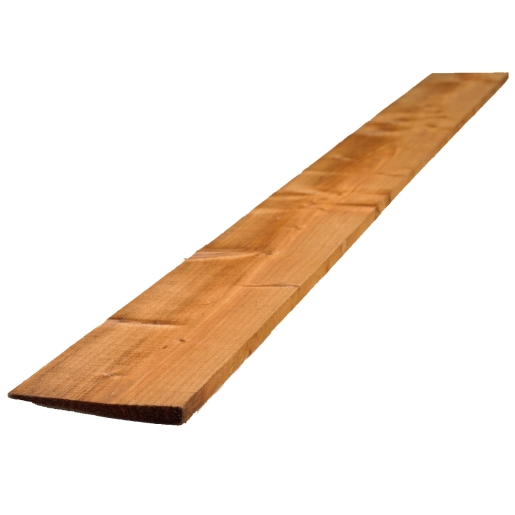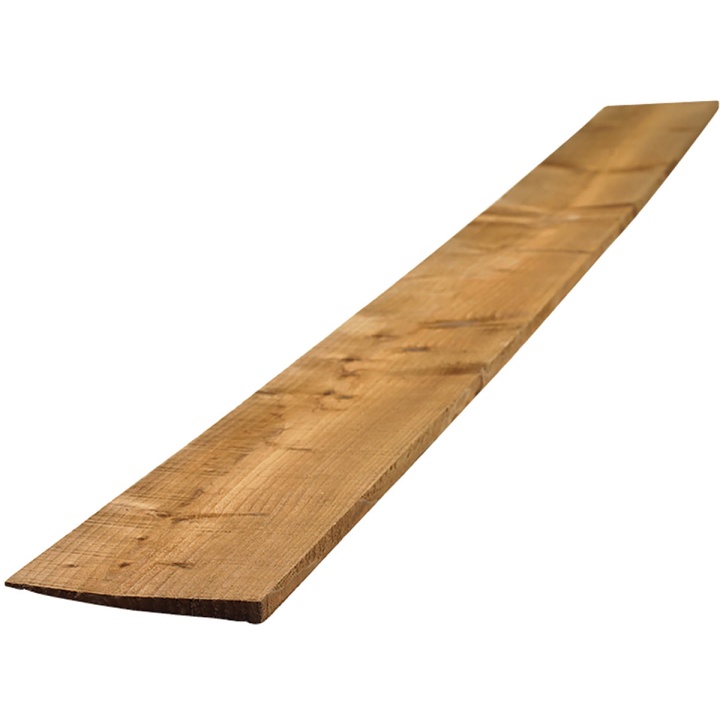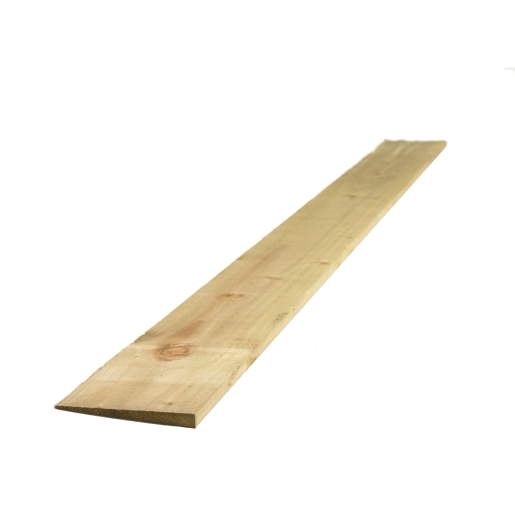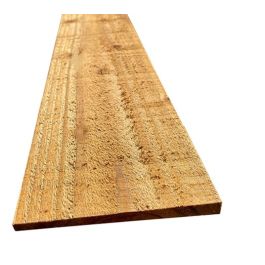Rather place your order over the phone? Trade customers can call us directly to place new orders on 0208 2641 144. Lines open 8am - 10pm 7 days/week.
- All Products
- Timber
- Fencing & Cladding
- Feather edge boards
Feather edge boards
Feather edge boards are commonly used in modern timber fencing, forming strong, overlapping vertical cladding for boundary walls, garden divisions, and site screening. These boards provide flexibility in spacing and height, allowing you to build ...
6 results
VAT
ex
inc
Feather edge boards - FAQs ...





